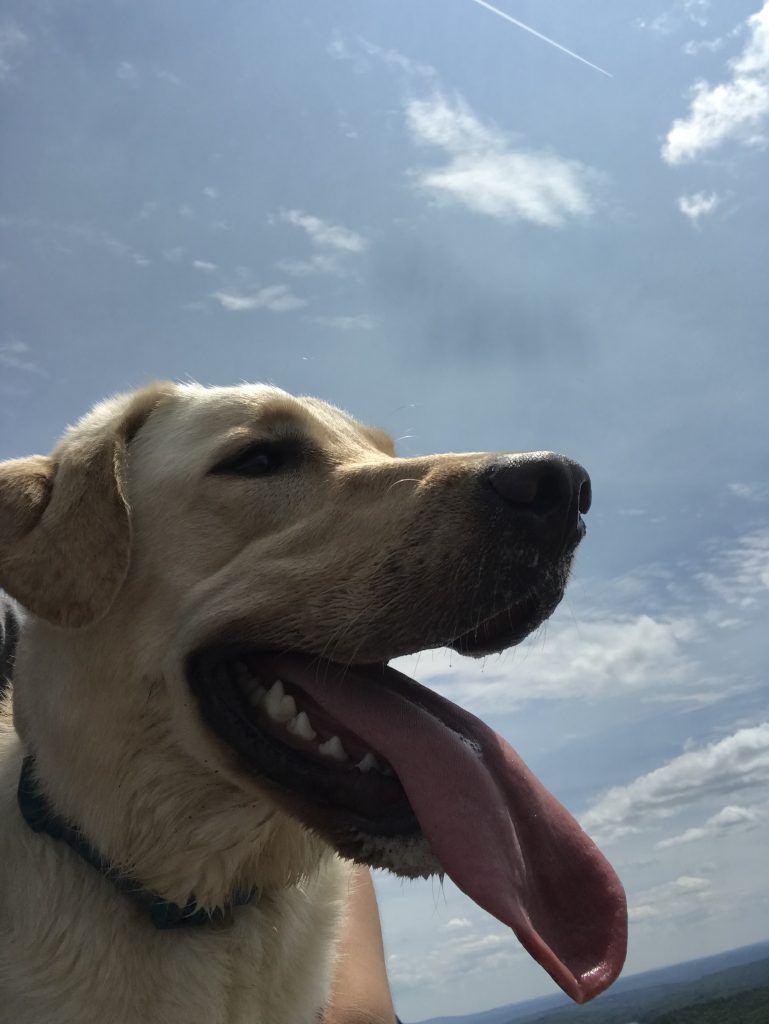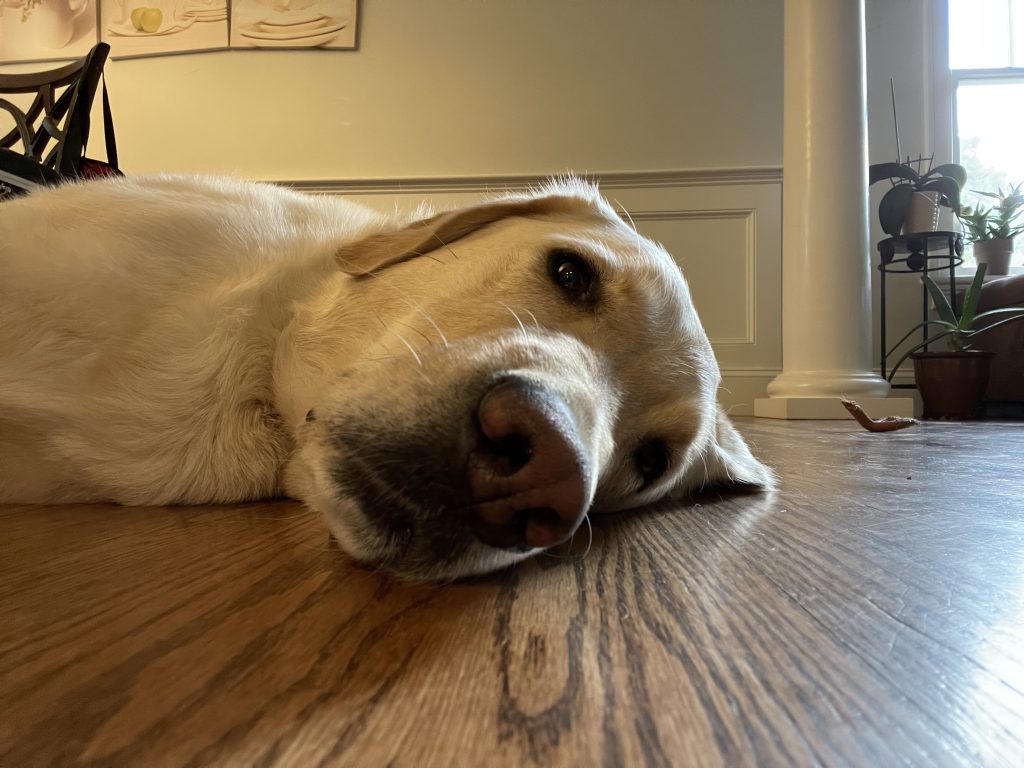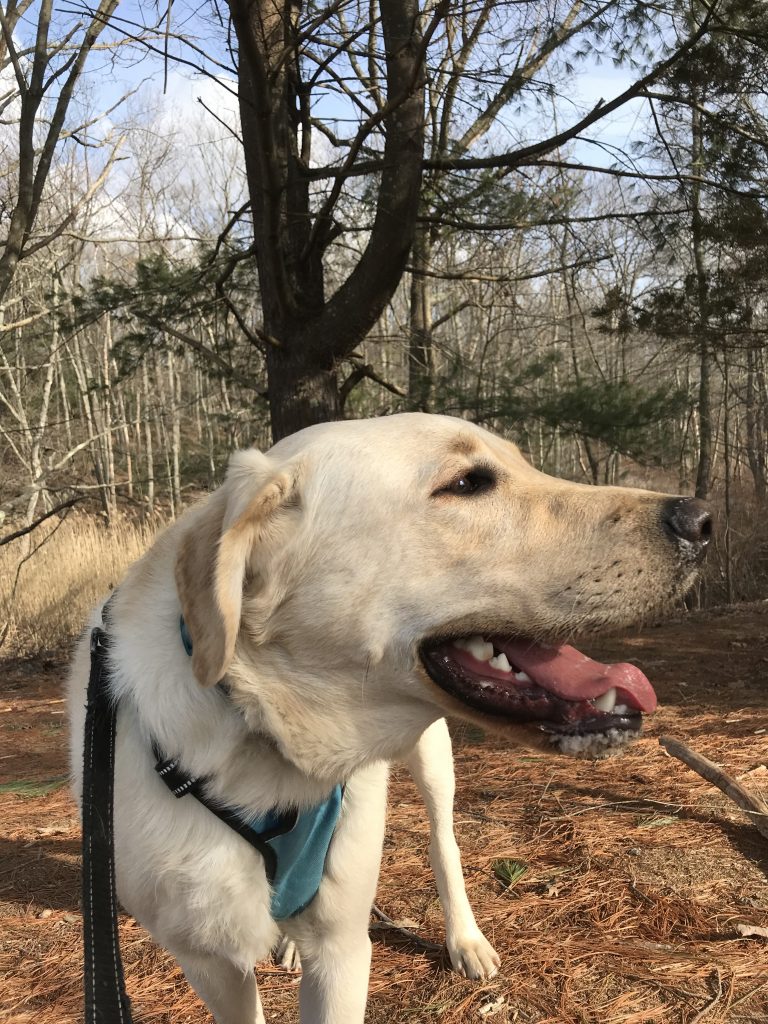Question 1
Who provides the Sentinel 2 surface reflectance dataset?
You Answered
Correct Answer
Question 2
Correct!
Question 3
Answer 1:
Correct Answer
Correct Answer
Answer 2:
Correct Answer
Correct Answer
Question 4
Correct!
Correct!
Question 5
Your Answer:
The data set that I choose was the Copernicus CORINE Land Cover. This dataset was used to standardize data collection on land in Europe to support environmental policy development. The European Environment Agency coordinated the project, and 33 countries participated in it. The first inventory was in 1990, and the first update was in 2000. Satellite imagery provided the resources to map the land cover. The resolution of this dataset is 100 meters. A potential application of this dataset would be mapping land use change, as this dataset gives us information every 6 years starting in 2000 about the land cover.
Question 6
Your Answer:
The greenest pixel composite allows NDVI to be higher over clouds; vegetated areas all appear green because NDVI is highest when the vegetation in the pixel is photosynthetically active and decreases the number of clouds.
Question 7
Question 8
Your Answer:
I choose Concord MA as the region. The contrast stretch I used was 100%.
Question 9
and red
wavelengths for calculating NDVI?
Answer 1:
Correct!
Answer 2:
Correct!
Question 10
Question 11
Your Answer:
The areas that have low NDVI are water bodies, highly urbanized areas, and airports. These are the places where trees and vegetation don’t exist, so there is low NDVI there. The patterns of NDVI are where there are parks, vegetation, or trees, there tends to be a high NDVI, and places where vegetation doesn’t exist have lower NDVI.
Question 12
Question 13
Question 14
Assuming that the rows are testing data classes, and the columns are maps classes, are the values in the “validation” table showing user’s accuracy or producer’s accuracy?
You Answered
Correct Answer
Question 15
Your Answer:
The overall accuracy was 100%. This seems odd because there are definitely mistakes that the classifier made. I think that some of my classification schemes went a a little cluncky and wasn’t caught by the validation table giving me this error.
Question 16
How well does your classifier perform in other regions, compared to the region for which it was originally intended? What are the reasons for these differences? What does this tell you about some of the potential challenges associated with using earth engine for planetary scale analysis?
Your Answer:
My classifier has poor results in other regions because, based on just the training data I gave, it is unable to account for other spectral reflectance types. Therefore, it is unable to classify many other profiles, making the classifier useless outside of my region. The challenges of using the earth engine for planetary-scale analysis are that the availability and quality of data can vary across regions and periods. Users may encounter gaps, inconsistencies, or inaccuracies in the data, which can affect the reliability of analysis results. Also, there tend to be different spectral profiles all throughout the data, making it hard to rely on one classifier for all of the data.
Question 17
Question 18
Question 19
Your Answer:
The filename of my image is 1619274707000. The date it was collected was 2021-04-18.
Question 20
Your Answer:
The difference in NDVI here is that these changes are way more clear than in lab 4. This is because we are able to see where NDVI changed the most and see the amount of vegetation change. Lab 4’s change map only includes the areas that have changed classes; it doesn’t show the amount of change like the NDVI map in GEE. However, the lab4 map does show more than just vegetation change; it also shows different types like forest to urban or grassland to urban. The NDVI change map only contains how much the area’s vegetation increased or decreased.
Question 21
Your Answer:
The pattern occurs because clouds cover the 1985 NDVI image. Looking at the 1985 image, the shape and the spatial patterns definitely correspond to clouds. Since there are no clouds in the 2010 image, the subtraction makes it seem like there is a high increase in NDVI. This is due to the dark reflectance of clouds, which corresponds to -1, and when subtracted by the 2010 image, it seems like a big increase to NDVI. I suggest a mask that takes away the area that is covered by the clouds so we don’t get skewed results.
Question 22
Your Answer:
Using Google Earth Engine is a little more difficult than ENVI, just because I’m not quite familiar with code. However, I find that GEE is better at handling planetary-scale analysis tasks more efficiently. Writing scripts in Java to perform complex geospatial analyses, is better than the click and drop format of ENVI. ENVI is a better software to use just for remote sensing and image analysis. It gives users a friendly graphical interface that allows users to interactively perform image processing tasks, spectral analysis, classification, and change detection. GEE is more suited if you need large-scale satellite imagery datasets, and also time-series analysis (temporal changes). If you need to repeat several steps or make a small change to change the whole objective, use GEE. ENVI is more suitable for detailed image analysis, advanced spectral analysis, and specialized remote sensing tasks. When used together, GEE and ENVI can become even better. Since GEE has such a big repository of remote sensing data, including satellite imagery, you can import and manipulate this data for analysis using ENVI.
56/67





